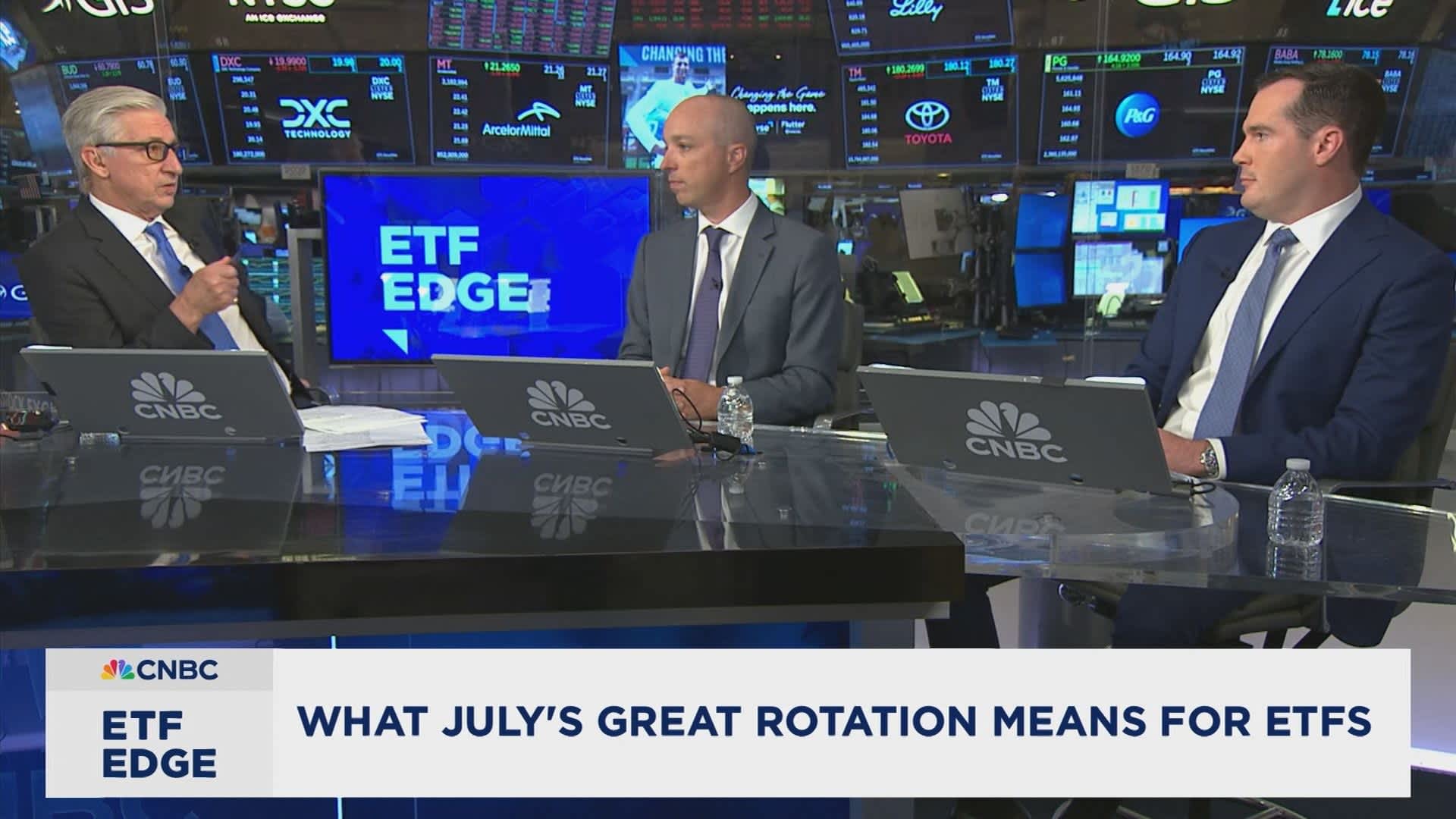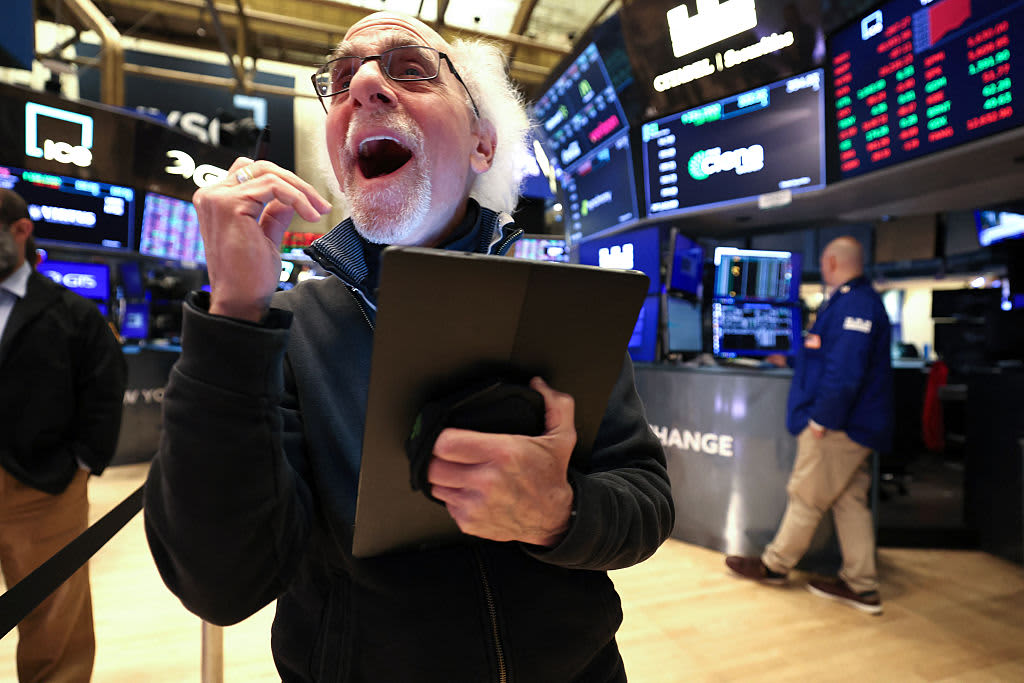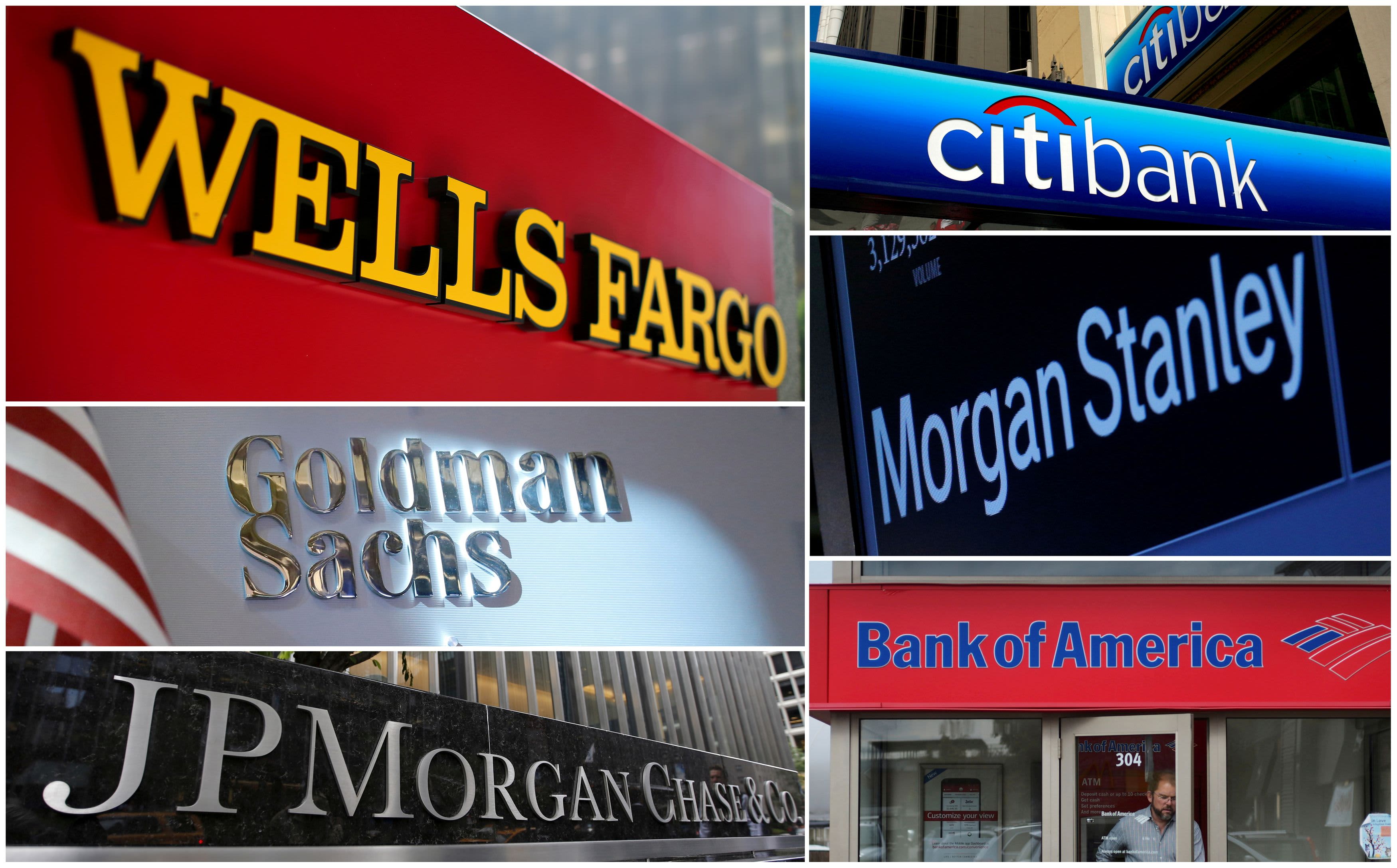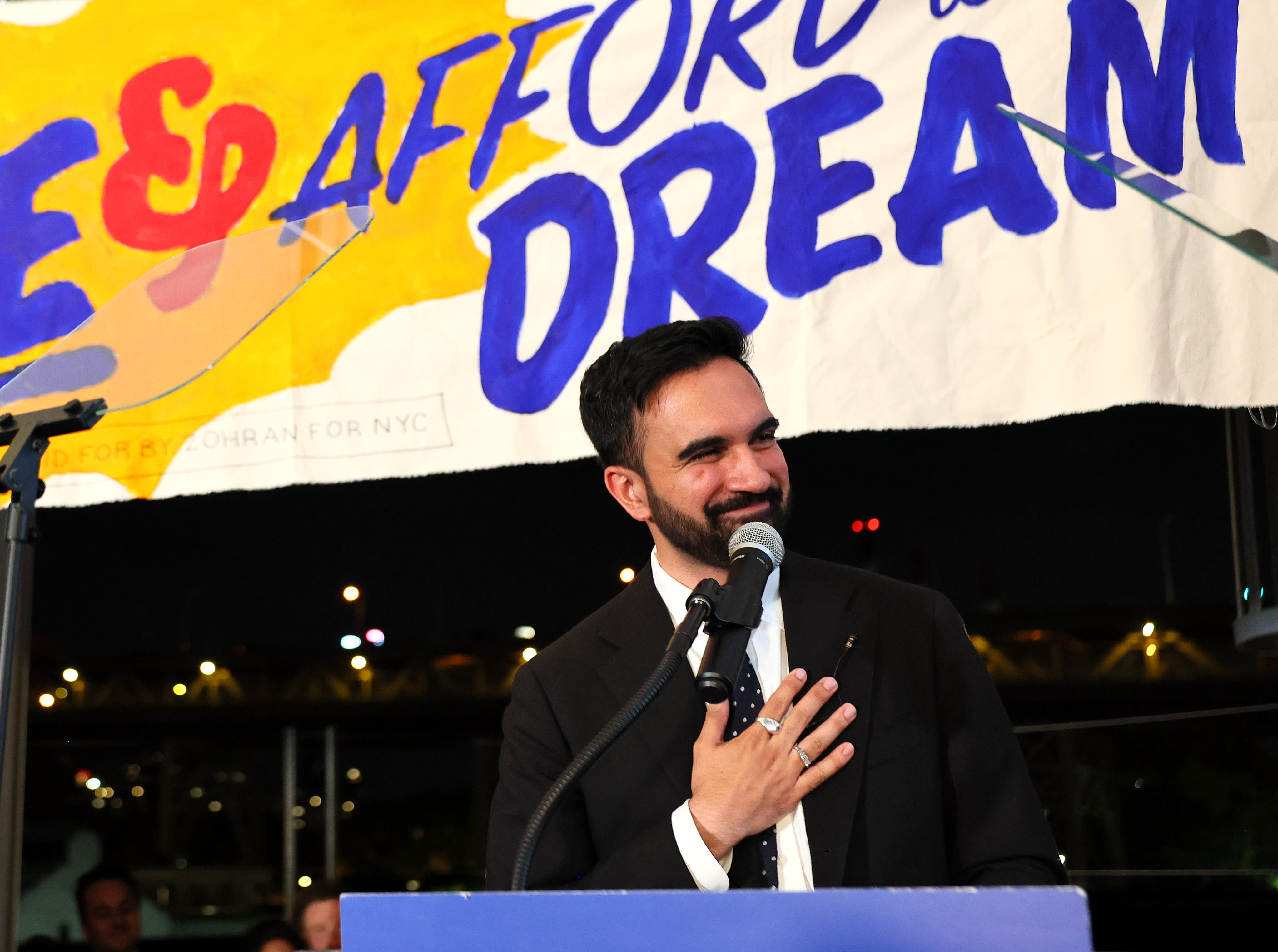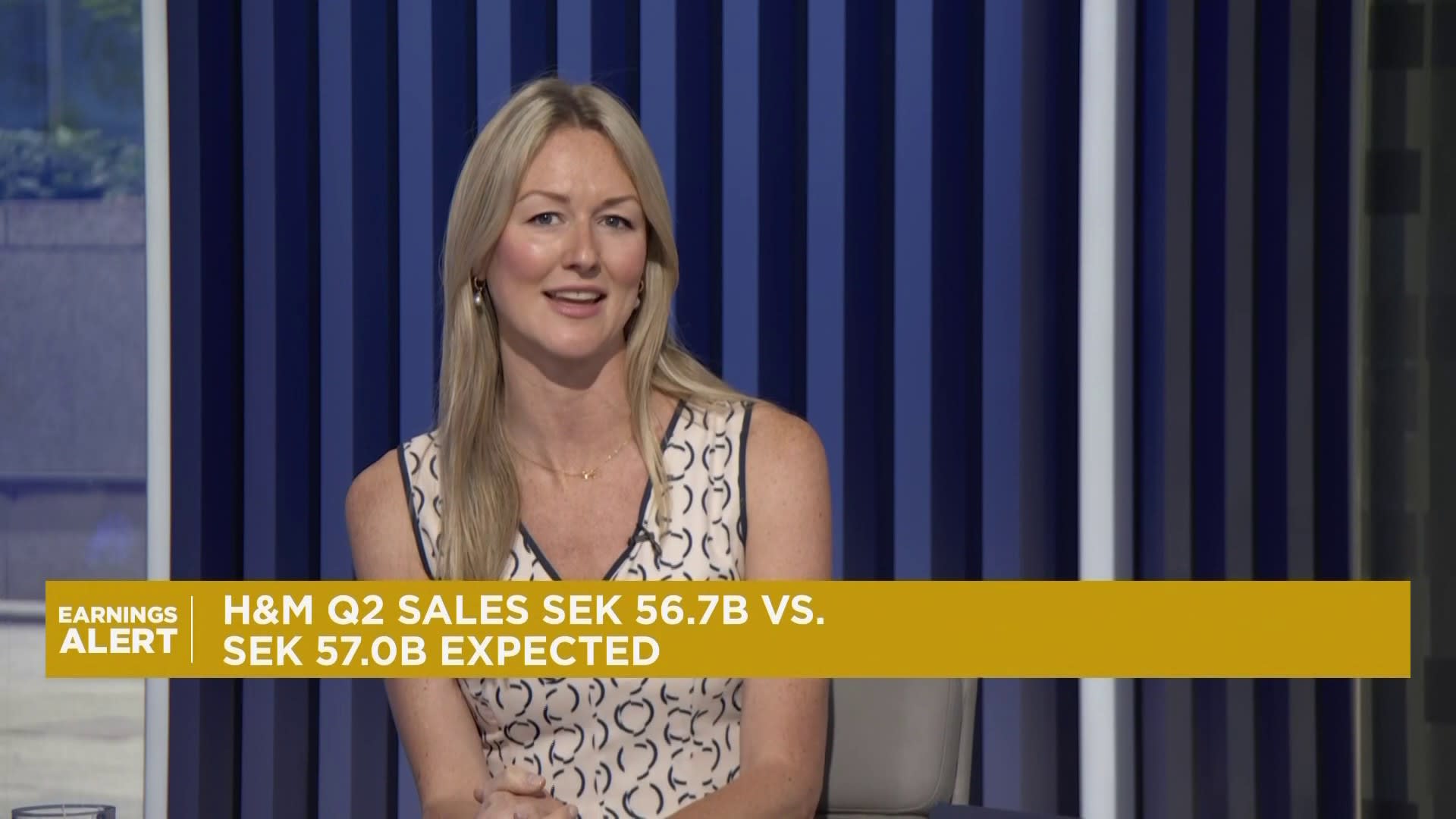Sdi Productions | E+ | Getty Images
The U.S. job market has undergone a dramatic transformation in recent years, from one characterized by record levels of employee turnover to one in which there is little churn.
In short, the “great resignation” of 2021 and 2022 has morphed into what some labor economists call the “great stay,” a job market with low levels of hiring, quits and layoffs.
“The turbulence of the pandemic-era labor market is increasingly in the rearview mirror,” said Julia Pollak, chief economist at ZipRecruiter.
How the job market has changed
Employers clamored to hire as the U.S. economy reopened from its Covid-fueled lull. Job openings rose to historic levels, unemployment fell to its lowest point since the late 1960s and wages grew at their fastest pace in decades as businesses competed for talent.
More than 50 million workers quit their jobs in 2022, breaking a record set just the year prior, attracted by better and ample job opportunities elsewhere.
The labor market has gradually cooled, however.

The quits rate is “below what it was prior to the start of the pandemic, after reaching a feverish peak in 2022,” said Allison Shrivastava, an economist at job site Indeed.
Hiring has slowed to its lowest rate since 2013, excluding the early days of the pandemic. Yet, layoffs are still low by historical standards.
This dynamic — more people stay in their jobs amid low layoffs and unemployment — “point to employers holding on to their workforce along with more employees staying in their current jobs,” Shrivastava said.
Big causes for the great stay
Employer “scarring” is a primary driver of the so-called great stay, ZipRecruiter’s Pollak said.
Businesses are loath to lay off workers now after struggling to hire and retain workers just a few years ago.
More from Personal Finance:
How much does Mariah Carey earn from ‘All I Want For Christmas Is You’?
Why mortgage costs jumped after the Fed cut interest rates
Investors are putting more into their 401(k)s
But job openings have declined, reducing the number of quits, which is a barometer of worker confidence in being able to find a new gig. This dynamic is largely due to another factor: the U.S. Federal Reserve’s campaign between early 2022 and mid-2023 to raise interest rates to tame high inflation, Pollak said.
It became more expensive to borrow, leading businesses to pull back on expansion and new ventures, and in turn, reduce hiring, she said. The Fed started cutting interest rates in September, but signaled after its latest rate cut on Wednesday that it would move slower to reduce rates than previously forecast.
Overall, dynamics suggest a “stabilizing labor market, though one still shaped by the lessons of recent shocks,” said Indeed’s Shrivastava.
The great stay means Americans with a job have “unprecedented job security,” Pollak said.
But those looking for a job — including new college graduates and workers dissatisfied with their current role — will likely have a tough time finding a gig, Pollak said. She recommends they widen their search and perhaps try to learn new skills.
